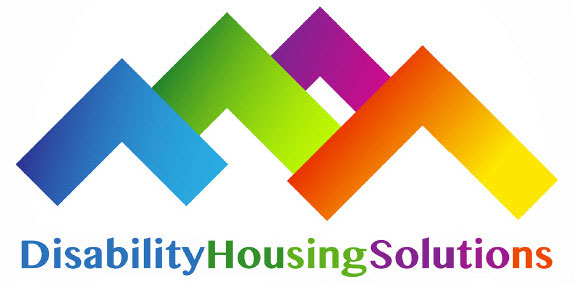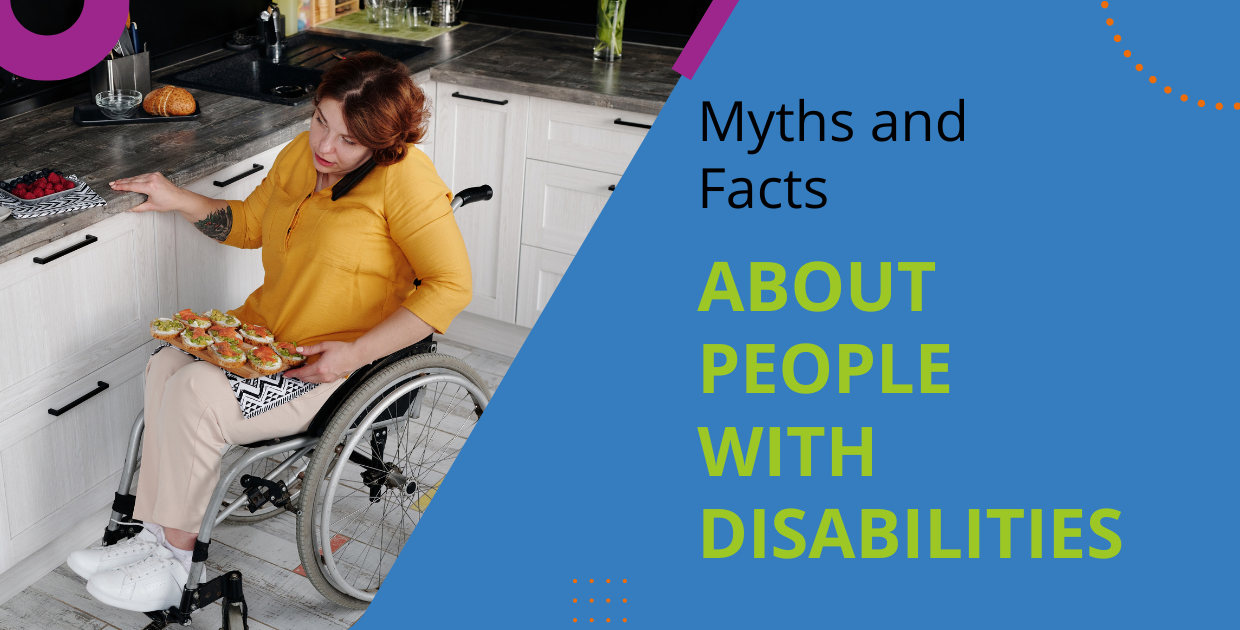Everybody’s fighting some kind of stereotype, and people with disabilities are no exception. Myths and misconceptions about disability are common. These incorrect assumptions are often triggered by fear, lack of understanding and/or prejudice.
Below are some common myths that are incorrect.
Myth: Only a small number of people live with a disability.
Truth: One in five people in Australia have a disability – that’s almost 4 million people! This number is continuing to rise as our population ages, so it is a significant amount of people who deal with the challenges and considerations of living with a disability every day
Myth: All disabilities can be seen
Truth: Not all disabilities can be seen. Millions of Australians live with a disability – and 90% have what is called an invisible disability. Some disabilities will become more obvious once you get to know someone, but many will be hidden unless they choose to tell you about it.
Myth: People with disabilities always need help.
Truth: Many people with disabilities are independent and capable of giving help. If you would like to help someone with a disability, ask if they need help before you act.
Myth: Wheelchair use is confining; people who use wheelchairs are “wheelchair-bound.”
Truth: People with disabilities typically do not view themselves as “confined” to their wheelchair. In the same way, a person without a disability is not described as confined to their car. A wheelchair, like an car, is a form of mobility that contributes to a person’s independence.
Myth: Accessible toilets are just for wheelchair users
Truth: Accessible toilets are not just for wheelchair users, there are so many reasons someone who doesn’t use a wheelchair might need to use the accessible toilet. As mentioned above some disabilities are not visible, people might need to use the accessible toilet for many reasons.
Myth: “Disability” is a negative word.
Truth: Language around disability can be tricky at times, the key is to focus on the person, not the disability. This is called ‘person-centred language’ and it is something that our culture should embrace in order to treat all people with dignity and respect.

